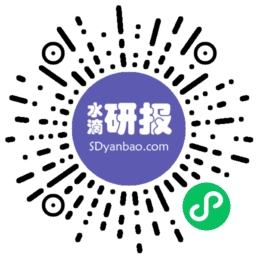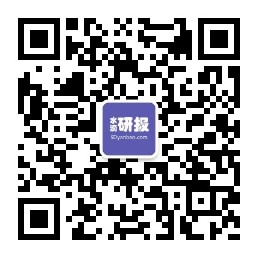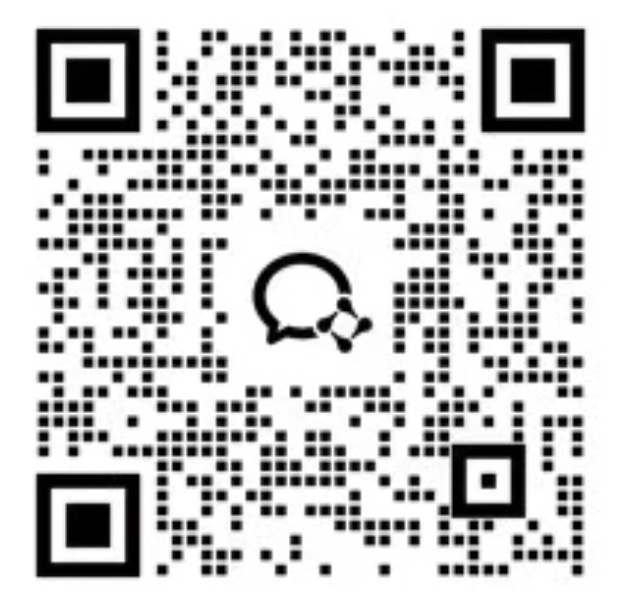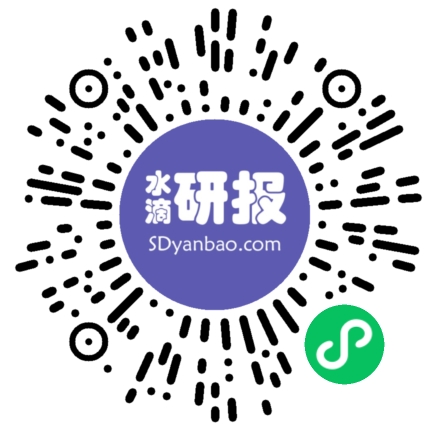网络设备循环应用的4大挑战及GSMA的战略建议
Strategy Paper for Circular EconomyNetwork equipmentCopyright © 2022 GSM AssociationThis report from the GSMA has been created with contributions from the following:AcknowledgmentsIn particular, the GSMA would like to thank Thierry Barba and Bernardo Scammacca of Orange for their leadership and active role in the preparation of this strategy paper.2AcknowledgementsStrategy Paper for Circular Economy04 Endorsements from the industry06 Executive Summary 07 Purpose of the document08 Introduction11 What is a Circular Economy? 16 Scope17 Current challenges to moving towards circularity19 Challenge 1: Reducing environmental impacts23 Case studies of reducing environmental impacts through circularity26 Challenge 2: Improving network equipment reuse29 Case studies of re-use and repurposing network equipment 32 Challenge 3: Understanding life cycle impacts36 Case studies of industry-led environmental evaluation of equipment 37 Challenge 4: A more circular supply chain41 Case studies of current industry circularity 42 Recommendations and next steps47 Appendix3ContentsStrategy Paper for Circular EconomyContentsAt BT, we are working towards our products, networks and operations becoming circular by 2030. We support the approach in this paper and recognise the need to collaborate across the ICT industry to address the rising e-waste challenge. We can achieve this by working together to create products, networks and operations based on the circular economy model including the redesign, re-use and recycling of devices, hardware and their packaging. Collaboration is essential if we are to reach the world’s sustainability goals. Working across the value chain is key to moving the needle quickly on circular practices and climate change. Nokia has more than 25 years of implementing well-established circular practices to reduce waste, increase reuse and recycling and refurbishing for new use. Nokia continues to contribute to telecommunication-specific circular economy standards in the ITU-T (International Telecommunication Union Telecommunication standardization sector) and ETSI (European Telecommunications Standards Institute).Gabrielle Ginér Head of Environmental Sustainability, BTPia Tanskanen Head of Environment, NokiaKatie Schindall Head of Circular Economy, Cisco SystemsAdvancing a circular economy is critical both to preserving limited natural resources and to meeting our goal to achieve net-zero carbon emissions by 2040. We must eliminate the concept of waste and drive business models powered by digital technology — transforming our own business and more importantly also supporting others who are looking to achieve their own circular economy and sustainability commitments. We are working to integrate circular principles at every stage of the product lifecycle: from how we design our products through to how we facilitate their return and reuse. The circular economy and circular business models play a major role in DT´s drive to becoming ful
网络设备循环应用的4大挑战及GSMA的战略建议,点击即可下载。报告格式为PDF,大小4.04M,页数50页,欢迎下载。









